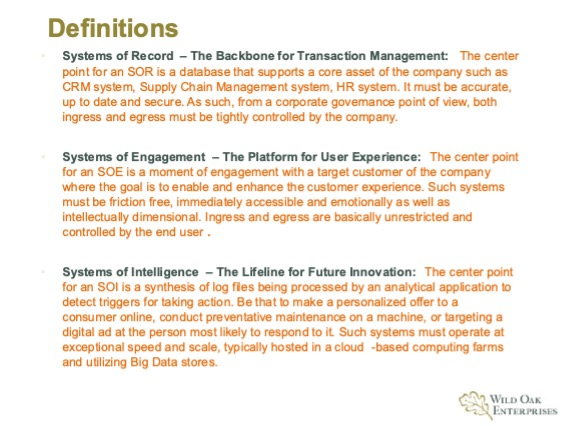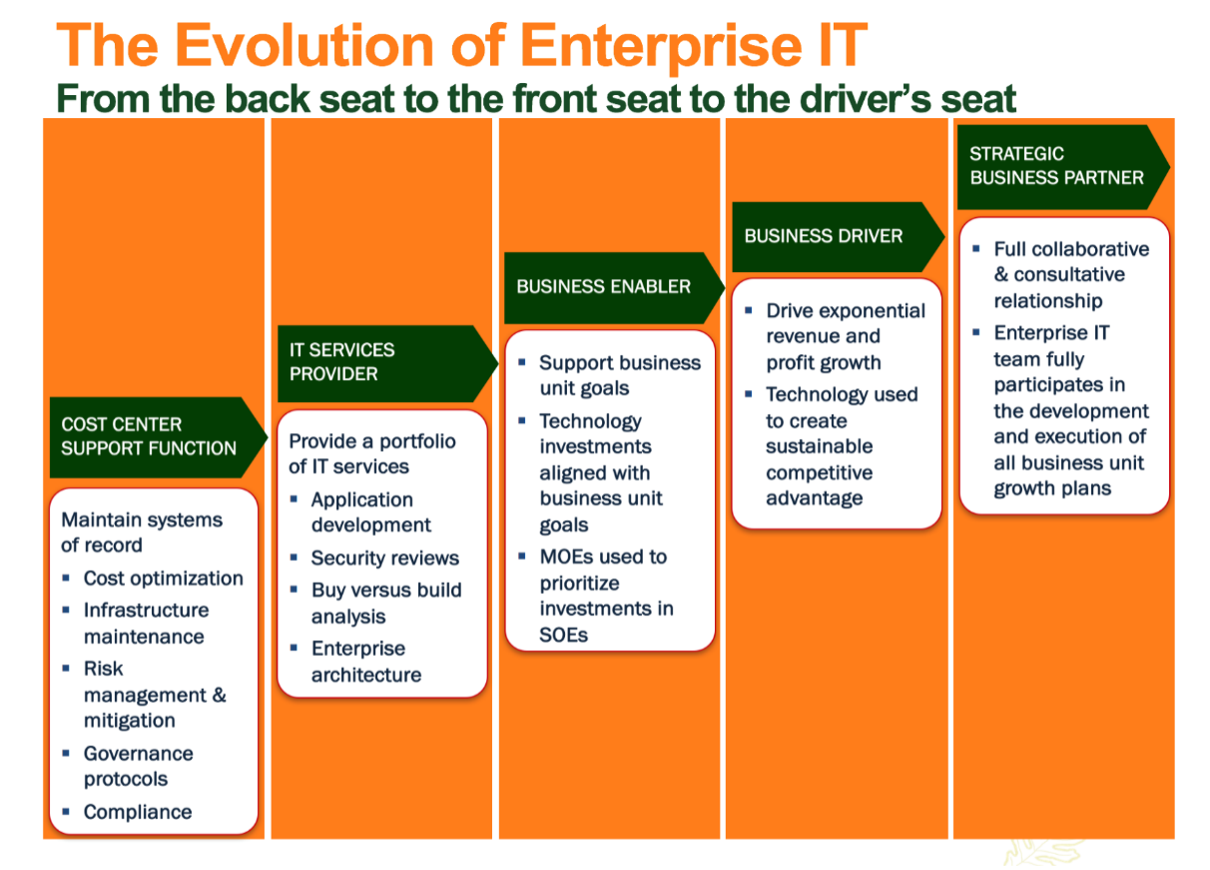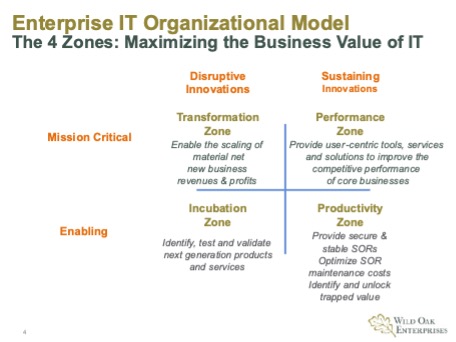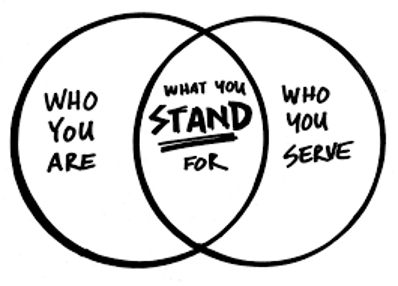
September 29, 2021
In the digital world,
vocabulary is just as important as technology
How well are you telling the technology business value story in your company today?
Even though we are well into the second decade of digital disruption, it’s alarming to see how many companies still struggle to tell a compelling story of how technology delivers increased competitive performance and business value.
The number of companies that still cling to the legacy mindset that IT is a cost center/support function speaks volumes to this challenge. To break free from this mindset, CIOs and their leadership teams need to widen their leadership aperture in order to expand the impact and value digital technology can bring to their organizations. They have to change the narrative from IT as a cost center/support function to IT as a profit engine that directly contributes to delivering increased revenues, margins, and profits.
Here are some examples of how you can use a new vocabulary to communicate what one CIO I know calls the “new style of IT.”
- Stop talking about the IT cost budget and start talking about the technology investment portfolio
- Stop talking about running the business and start taking about growing the business
- Stop talking about uptime and start talking about time to value
- Stop talking about user interface design and start talking about user experience design
- Stop talking about technical debt and start talking about releasing and redeploying trapped value
- Stop talking about systems infrastructure and start talking about how digital disruption will impact your company’s operating and business models
All technology systems are not created equal

A good place to start is to clearly differentiate the three primary technology systems and the different impact and value they bring to your organization. Here are the three definitions my brother, Geoffrey Moore, created to help draw these business value distinctions.

When clearly communicated and properly deployed both systems of engagement and systems of intelligence are direct drivers of revenues, margins, and profits. They also serve as tools and vocabulary to help educate internal business partners as to how they can directly contribute to helping them achieve their goals and desired business performance outcomes.
A vocabulary to evolve IT from the backseat to the front seat to the driver’s seat
Over the past 8 years, I have used the chart below as a framework, vocabulary, and roadmap to help multiple CIOs and their senior leadership teams evolve IT from a cost center to a profit engine. It has enabled these teams to get aligned with where IT is today and clearly communicate where they want it to be going forward in a step by step process. It has been extremely gratifying to see how this approach has freed IT’s future from the pull of its past.

The Zone Management vocabulary is another strong tool to change the business value narrative of IT

The 4 Zones leadership framework, vocabulary, and decision-making process enables CIOs and their leadership teams to prioritize and communicate the multiple ways digital technology delivers sustainable business value to their organizations. It enables them to rebalance how much of their organization is dedicated to running, changing, or transforming the business. It provides a structure by which to govern activities to that end.
Simply put, this entails reviewing their total body of work and segmenting it into four zones as follows:
- Performance Zone: the set of externally facing products and services (systems of engagement & systems of intelligence) that your function has been funded to deliver. This is what the enterprise as a whole is buying from you.

The leadership mandate is to demonstrate how digital technology directly contributes to generating increased revenues, margins, and profits.

- Productivity Zone: the set of internal initiatives you are undertaking to improve the effectiveness and efficiency of the organization’s systems of record.

The leadership mandate is to recover IT resources and budget away from low value functions and redeploy them to high value functions which reduce costs and increase digital technology investments in growing the business.

- Incubation Zone: the set of internal initiatives that you are undertaking to explore, test, and validate next-generation digital technology products and services.

The leadership mandate is to enable cross functional teams to utilize Agile, Lean, and DevOps processes to increase speed to market and time to value.

- Transformation Zone: any external facing initiative that revamps IT’s value and impact. This is where digital technology enables the organization to launch a net-new line of business that can scale to 10% or greater of the company’s overall revenues.
The leadership mandate is run IT as a profit engine not a cost center.
What do you want the IT Brand to stand for in your company?

The point of these zone leadership profiles above is to provide a lens through which to clearly communicate IT’s organizational design, operating model, and the leadership skills and capabilities of the senior team. The goal is to develop a set of solutions that maximizes the business value IT delivers to the organization.
Here are some questions to get you started:
- How well does digital technology enable or enhance core business functions?
- What value is the business getting from its most important digital technology investments
- How long does it take for the IT organization to develop and deploy new products, services, and systems that achieve mutually agreed upon, critical business outcomes?
- What skills and capabilities does IT need to achieve those desired outcomes?
- What metrics will you use to measure the value that IT brings to the business?
The ultimate question is: what do you want the IT brand to stand for at your company?
As always, I am interested in your comments, feedback and perspectives on the ideas put forth in this blog. Please share them with me on linkedin. And, if this content could be useful to someone you know please share it here:



